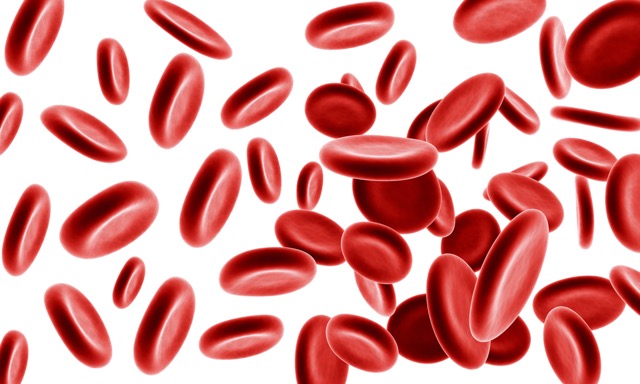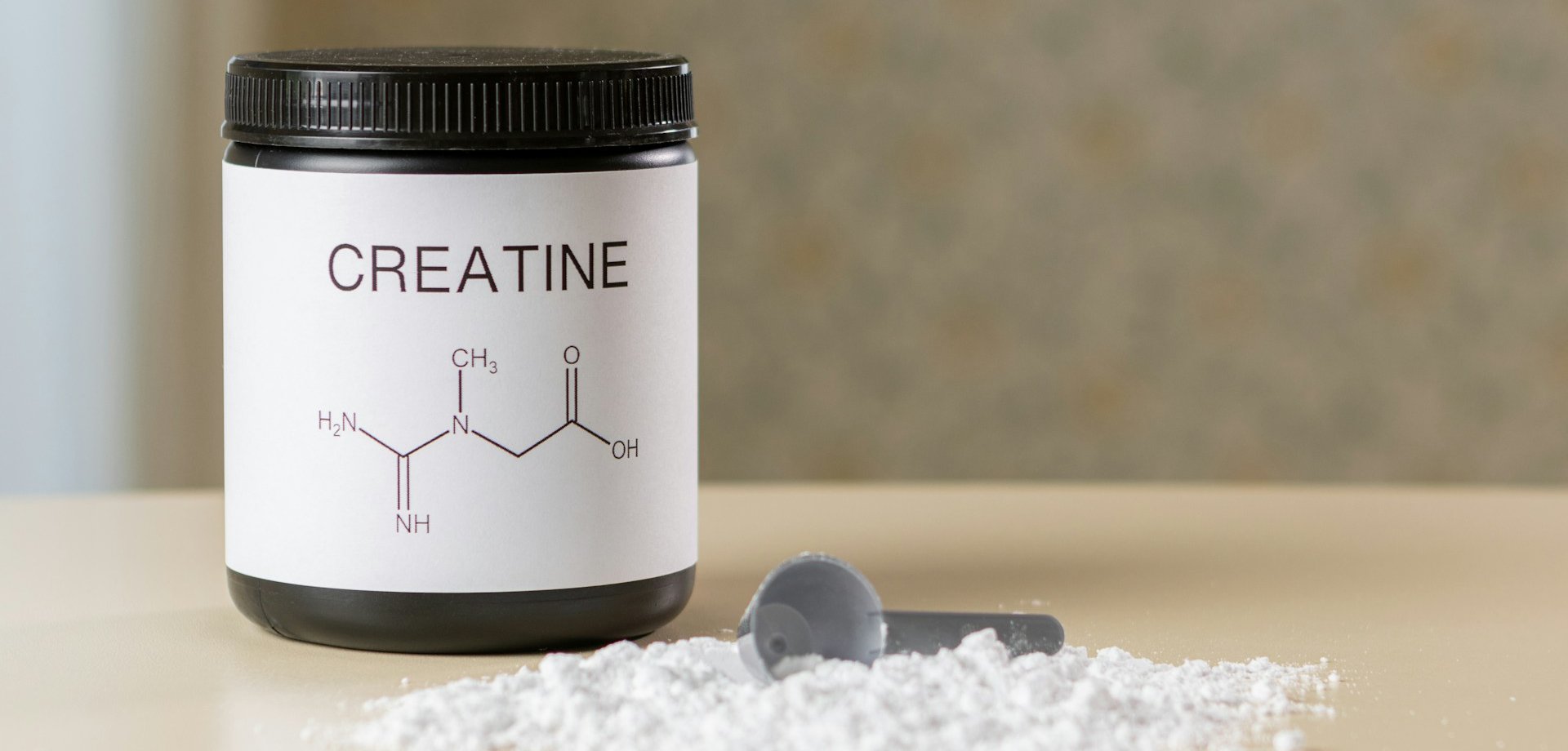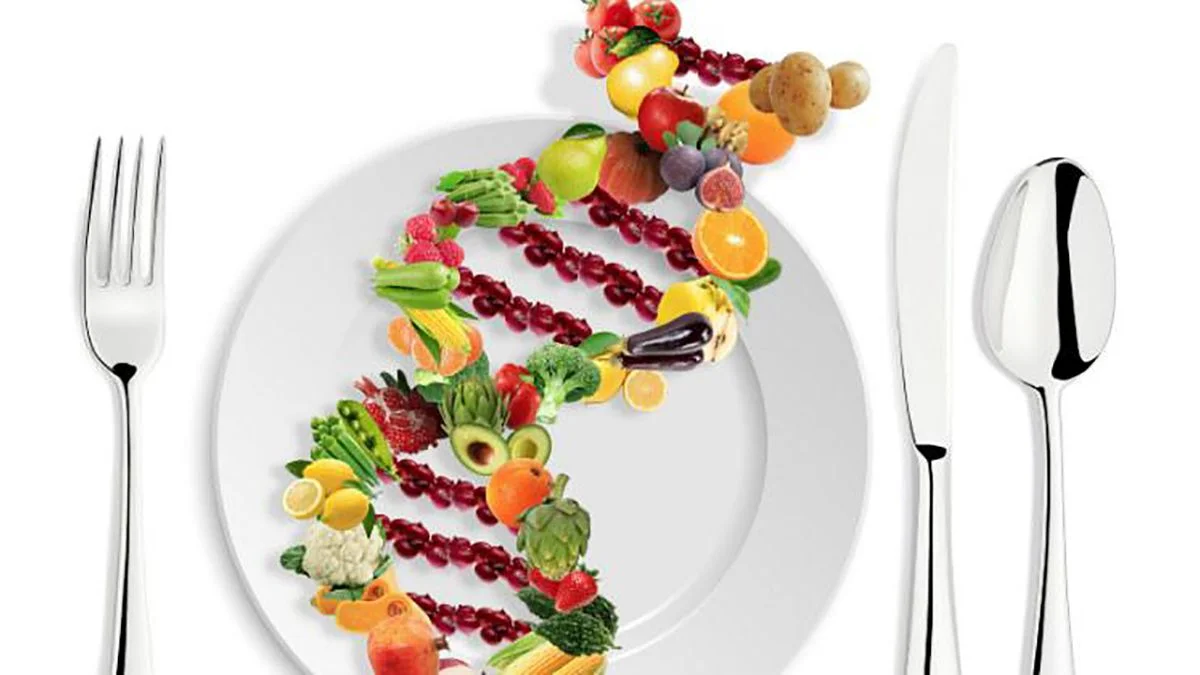Fats or carbs? The great battle of diets
Author:
Julio Valero
Published on:
1/10/2025

Effect of dietary patterns that differ in carbohydrate and fat content on blood lipid and glucose profiles on weight loss success in breast cancer survivors.
The eternal debate: carbs or fats? Dive into an in-depth analysis of how choosing one macronutrient or another can significantly impact your health and your weight loss goal. Discover the latest scientific findings and debunk the myths surrounding these popular diets. Don't miss this complete guide to making informed decisions about your diet!
Overview
What was the approach? The researchers used statistical tools to study the relationship between the type of diet (low or high carbohydrate) and changes in various blood markers, also taking into account weight loss.
What they found: Regardless of the type of diet (low-fat or low-carb), the amount of weight lost was the most important factor in seeing improvements in health markers.
Why is adherence important? By finding a diet that you can stick to long-term, you will maximize your results and improve your health indicators.
What's the problem?
Today we live in a tribal age. People cling to beliefs, whether in politics, religion, or diet, as if they were immovable dogmas. In the fitness world, this tendency is especially evident. The eternal battle between carbs and fat has polarized the community, with each side defending its “absolute truth.” But what does the science say? While low-fat diets might have a slight advantage for weight loss, the evidence is inconclusive and often depends on individual factors. In this article, we will discuss how the ratio of carbs to fat in our diet can affect various health markers.

The term 'healthy' is subjective. For this study, we assessed the health of breast cancer survivors using blood markers related to chronic diseases such as cancer and cardiovascular disease. We focused on glucose metabolites, lipids and lipoproteins, since excess weight and alterations in the lipid profile are known risk factors in this population. By comparing two diets, we sought to understand how different proportions of carbohydrates and fats affect these markers.
Purpose
Our study seeks to identify whether diet can modify blood risk factors and, therefore, influence long-term survival in patients with breast cancer.
Hypothesis
Although the authors did not state a formal hypothesis, the introduction suggests that they expected to find that overall weight loss, regardless of diet, would be the main factor in improving health indicators.
What Did They Test and How?
The participants
The study included 142 women who had completed breast cancer treatment at least 4 months previously and were at a stable weight. All of them were overweight or obese (BMI 25-34.9 kg/m2). None of them were taking weight-loss supplements. The dropout rate was between 9.4% and 12.9% in the different groups.

Study procedures
A 6-month, non-randomized pilot study was conducted to compare two types of diets: low-carbohydrate and high-fat, or high-carbohydrate and low-fat. Participants freely chose their diet, and assessments were performed every month. A control group without intervention was included to compare the results.
Participants in the intervention group received a comprehensive diet and physical activity program. This program included a personalized 28-day meal plan, designed to generate a daily caloric deficit of 500 kcal, equivalent to a weight loss of approximately half a kilo per week. The plan was based on scientific evidence and was tailored to the individual needs of each participant. In addition to the main meals, flexible options and easy-to-prepare recipes were offered to encourage adherence to the plan. To complement the diet, increased physical activity was promoted, with the goal of reaching the recommended 10,000 steps per day. Throughout the study, information and follow-up sessions were held to provide nutritional support and education to participants.
Table 1 Dietary composition of the 28 day menu plan by diet group.
Low carbohydrate, high fat | High carbohydrate, low fat | |
Calories | 1,204 ± 35 | 1,186 ± 58 |
Carbohydrate (g) | 100 ± 4 (32 ± 1) | 193 ± 10 (62 ± 1) |
Fat (g) | 64 ± 3 (46 ± 1 ) | 24 ± 2 (17 ± 1) |
Protein (g) | 68 ± 4 (22 ± 1) | 62 ± 6 (20 ± 1) |
Fiber (g) | 17 ± 4 | 26 ± 5 |
Sodium (mg) | 2,113 ± 741 | 2,586 ± 688 |
Cholesterol (mg) | 244 ± 131 | 120 ± 85 |
Saturated fat (g) | 11 ± 2 | 5 ± 2 |
Monounsaturated fat (g) | 21 ± 3 | 5 ± 1 |
Polyunsaturated fat (g) | 9 ± 2 | 5 ± 1 |
S/M/P ratio | 1:2:1 | 1:1:1 |
Values are expressed as calories, grams, or milligrams ± standard deviation. Values in parentheses are percentage of energy ± standard deviation. Cycle menus were developed for the following calories levels: 1, 200, 1, 400, 1, 600, 1, 800 kcal/d.
Measurements
A complete lipid profile was performed, including fasting glucose, total cholesterol, HDL and triglycerides. LDL cholesterol was estimated using the Friedewald formula.
Body Composition Assessment: Weight, BMI and Body Pod
Daily step counting: Simple and effective tracking of your physical activity.
What Did They Find?
Activity
The low-fat group showed a significant increase in physical activity, recording an average of 9661 ± 162 steps per day, compared to 8741 ± 170 steps in the low-carbohydrate group (p < 0.05).
Mean Weight Loss
The intervention groups experienced an average weight loss of 10 kg. However, the results were heterogeneous, with some individuals losing up to 19.3 kg of fat and others less than 2 kg. Both the low-fat and low-carbohydrate diets showed this variability in results.
Biomarkers
Table 2 details the mean values of the biomarkers for each dietary group. Regression analyses were used to assess the influence of weight loss and diet type on blood lipids. The results suggest a gradual decrease in fasting glucose associated with greater weight loss, with this effect being more relevant than the type of diet. However, these findings did not reach statistical significance.
The results showed a positive impact of weight loss, particularly in the HWL group, on the main lipid markers. Reductions in total cholesterol and triglycerides were statistically significant (p < 0.05). While the change in LDL cholesterol did not reach significance at the 0.05 level (p = 0.06), the trend was towards a reduction. When analyzing the effects of different dietary patterns, it was observed that high-carbohydrate diets showed a greater capacity to decrease total and LDL cholesterol, although without reaching statistical significance (p = 0.07 and p = 0.13, respectively). On the other hand, high-fat diets were associated with greater reductions in triglycerides and increases in HDL, although again, these results did not reach conventional significance (p = 0.01 and p = 0.08).
Month | 0 | 1 | 2 | 3 | 4 | 5 | 6 |
Glucose | |||||||
Control | 83 ± 1.3 | - | - | - | - | - | 84 ± 1.2 |
Low fat | 83 ± 1.2 | 80 ± 1.1 | 82 ± 1.1 | 80. ±1.0 | 79 ± 1.0 | 80 ± 1.1 | 80 ± 1.1 |
Low carb | 86 ± 1.2 | 84 ± 1.1 | 83 ± 1.1 | 83 ± 1.0 | 82 ±1.2 | 83 ± 1.1 | 82 ± 1.1 |
Cholesterol | |||||||
Control | 205 ± 5.4 | - | - | - | - | - | 205 ± 5.4 |
Low fat | 204 ± 5.1 | 178 ± 5.0 | 183 ± 4.9 | 187 ± 4.9 | 189 ± 4.9 | 189. ±5.2 | 192 ± 5.2 |
Low carb | 201 ± 5.2 | 184 ± 5.1 | 191 ± 5.0 | 192 ± 5.0 | 192 ± 5.0 | 194 ± 5.3 | 194. ±5.3 |
Triglyceride | |||||||
Control | - | - | - | - | - | ||
Low fat | 114 ± 8.7 | 104 ± 6.9 | 105 ± 8.0 | 108 ± 7.0 | 99. ± 6.7 | 100 ± 7.0 | 100 ± 6.6 |
Low carb | 138 ± 8.9 | 100 ± 7.0 | 112 ± 8.2 | 100 ± 7.2 | 100 ± 6.9 | 102 ± 7.1 | 97 ± 6.7 |
HDL | |||||||
Control | 60 ± 2.6 | - | - | - | - | - | 60 ± 2.2 |
Low fat | 66 ± 2.4 | 58 ± 2.0 | 60 ± 2.1 | 61 ± 2.3 | 64 ± 2.3 | 64 ± 2.2 | 66 ± 2.3 |
Low carb | 61 ± 2.5 | 59 ± 2.0 | 60 ± 2.1 | 62 ± 2.4 | 63 ± 2.4 | 64 ± 2.3 | 65 ± 2.4 |
LDL | |||||||
Control | 118 ± 4.9 | - | - | - | - | - | 118.93 ± 4.88 |
Low fat | 115 ± 4.6 | 98 ± 4.5 | 103 ± 4.4 | 105 ± 4.3 | 106 ± 4.6 | 105 ± 4.8 | 106 ± 5.0 |
Low carb | 112 ± 4.7 | 105 ± 4.6 | 108 ± 4.5 | 111 ± 4.4 | 108 ± 4.7 | 110 ± 4.8 | 108 ± 5.12 |
CHOL/HDL | |||||||
Control | 3.62 ± 0.16 | - | - | - | - | - | 3.56 ± 0.13 |
Low fat | 3.28 ± 0.15 | 3.19 ± 0.12 | 3.21 ± 0.12 | 3.26 ± 0.13 | 3.16 ± 0.13 | 3.10 ± 0.13 | 3.09 ± 0.13 |
Low carb | 3.50 ± 0.15 | 3.24 ± 0.13 | 3.34 ± 0.13 | 3.26 ± 0.13 | 3.26 ± 0.13 | 3.17 ± 0.13 | 3.07 ± 0.13 |
Carbohydrates: carbohydrate; HDL: high-density lipoprotein; LDL: low-density lipoprotein
As shown in Figure 1, people who followed a low-carb diet and lost a greater amount of weight experienced a more significant reduction in their triglyceride levels compared to other groups. These results suggest that combining a low-carb diet with active weight loss may be an effective strategy to improve cardiovascular health.
LFLWL: Low fat, low weight loss
LCHWL: Low carbs, hight weight loss
LFHWL: Low fat, hight weight loss
LCLWL: Low carbos, low weight loss
What Do the Findings Mean?
The results of the study can be a little tricky to understand because of the statistics used. In short, the researchers looked at how different diets (low-fat, low-carb) and the amount of weight lost affected certain markers in the blood.
The most important thing they found is that losing a lot of weight, regardless of whether you followed a low-fat or low-carb diet, was best for improving these markers. This means that losing weight is key to improving health, and the type of diet (low-fat or low-carb) seems to be less important.
If you look at Figure 1, the line that goes down the fastest is the one for the low-carb diet with a lot of weight loss. This suggests that this combination might be even better at lowering triglycerides. However, the most important thing is losing weight, regardless of the diet.

The results of this study should be interpreted with caution. Because these were breast cancer survivors, generalizability is limited. In addition, the data analyzed were not the primary objective of the trial, and the regression coefficients used do not allow direct causal relationships to be established. In summary, we cannot claim that one diet is superior to another. Both low- and high-carbohydrate diets can be effective in improving health if significant weight loss is achieved. Although group assignment was not random, this may have increased adherence to the diet, a key factor for success.
How Can You Apply These Findings?
The perfect diet doesn't exist. The important thing is to find a meal plan that suits your tastes and lifestyle. The key is sustainability: gradually reducing calories and choosing foods that satisfy you. Forget rigid diets and extreme restrictions. Flexibility is your best ally to achieve your goals!
References
Thompson HJ, Sedlacek SM, Paul D, Wolfe P, McGinley JN, Playdon MC, et al. Effect of dietary patterns differing in carbohydrate and fat content on blood lipid and glucose profiles based on weight-loss success of breast-cancer survivors. Breast Cancer Res. 2012;14: R1.
Hall, K. D., & Guo, J. (2017). Obesity Energetics: Body Weight Regulation and the Effects of Diet Composition. Gastroenterology, 152(7), 1718–1727.e3.
Division of Cancer Prevention and Control. (2021, June 8). Breast cancer statistics. Centers for Disease Control and Prevention. Retrieved September 21, 2021, from [https://www.cdc.gov/cancer/breast/statistics/index.htm]
Women's Health. (2021, June 21). Leading causes of death-all races and origins-females - united states, 2017. Centers for Disease Control and Prevention. Retrieved September 21, 2021, from [https://www.cdc.gov/women/lcod/2017/all-races-origins/index.htm]
Goodwin, P. J., Ennis, M., Pritchard, K. I., McCready, D., Koo, J., Sidlofsky, S., Trudeau, M., Hood, N., & Redwood, S. (1999). Adjuvant treatment and onset of menopause predict weight gain after breast cancer diagnosis. Journal of clinical oncology : official journal of the American Society of Clinical Oncology, 17(1), 120–129.
Goodwin P. J. (2001). Weight gain in early-stage breast cancer: where do we go from here? Journal of clinical oncology : official journal of the American Society of Clinical Oncology, 19(9), 2367–2369.
Renehan AG, Tyson M, Egger M, Heller RF, Zwahlen M. Body-mass index and incidence of cancer: a systematic review and meta-analysis of prospective observational studies. Lancet. 2008;371: 569–578.
Daling, J. R., Malone, K. E., Doody, D. R., Johnson, L. G., Gralow, J. R., & Porter, P. L. (2001). Relation of body mass index to tumor markers and survival among young women with invasive ductal breast carcinoma. Cancer, 92(4), 720–729.
Petrelli, J. M., Calle, E. E., Rodriguez, C., & Thun, M. J. (2002). Body mass index, height, and postmenopausal breast cancer mortality in a prospective cohort of US women. Cancer causes & control : CCC, 13(4), 325–332.
Reeves, GK, Pirie, K., Beral, V., Green, J., Spencer, E., Bull, D., y Million Women Study Collaboration (2007). Incidencia y mortalidad por cáncer en relación con el índice de masa corporal en el Million Women Study: estudio de cohorte. BMJ (edición de investigación clínica), 335(7630), 1134.
Sinicrope, FA y Dannenberg, AJ (2011). Obesidad y pronóstico del cáncer de mama: peso de la evidencia. Journal of clinical oncology: revista oficial de la American Society of Clinical Oncology, 29(1), 4–7.
Goodwin, PJ y Boyd, NF (1990). Tamaño corporal y pronóstico del cáncer de mama: una revisión crítica de la evidencia. Investigación y tratamiento del cáncer de mama, 16(3), 205–214
Larsson, SC, Bergkvist, L. y Wolk, A. (2009). Carga glucémica, índice glucémico y riesgo de cáncer de mama en una cohorte prospectiva de mujeres suecas. Revista internacional de cáncer, 125(1), 153–157
Boyd, NF y McGuire, V. (1990). Evidencia de peroxidación lipídica en mujeres premenopáusicas con displasia mamográfica. Cancer Letters, 50(1), 31–37
Naude, CE, Schoonees, A., Senekal, M., Young, T., Garner, P. y Volmink, J. (2014). Dietas bajas en carbohidratos versus dietas isoenergéticas equilibradas para reducir el peso y el riesgo cardiovascular: una revisión sistemática y un metanálisis. PloS one, 9(7), e100652
Comparte en redes sociales
Recent posts

A bad night's sleep: a reason to stay up even longer?

Creatine Effectiveness: What Does Science Say About Its Benefits?

Does meal timing help you lose fat?

Is your triceps press building muscle or holding you back?

Nutrition tailored to you: based on your genetic profile.

Carbohydrates: the key to an explosive workout.